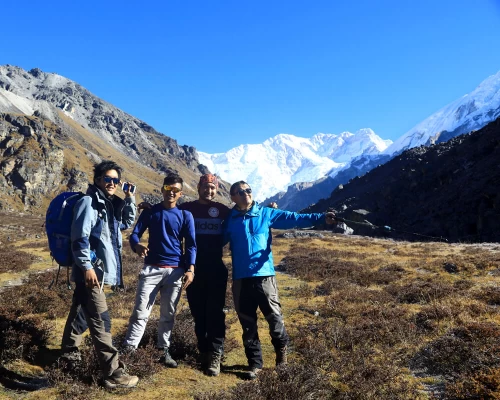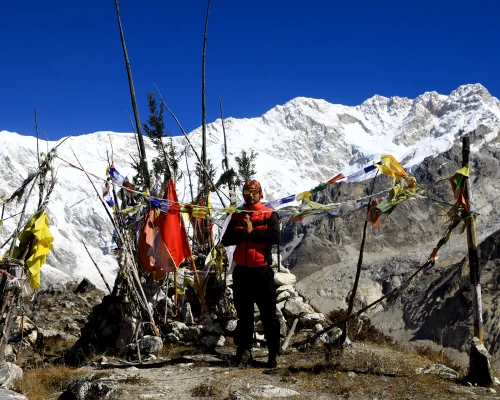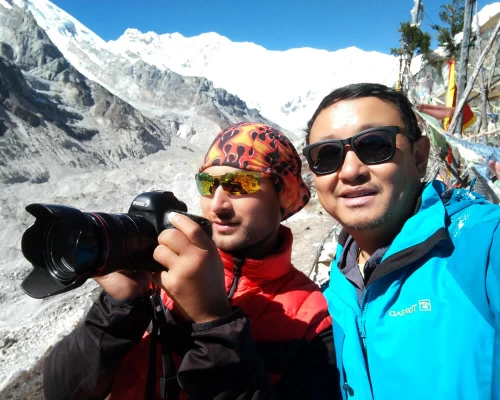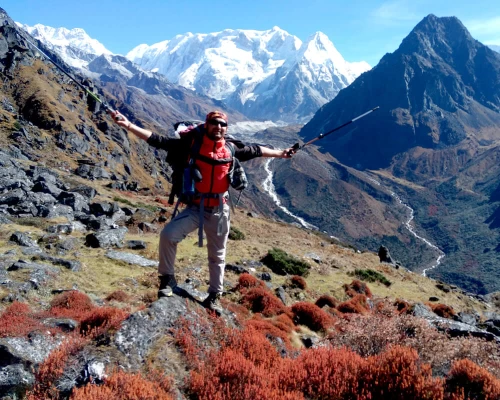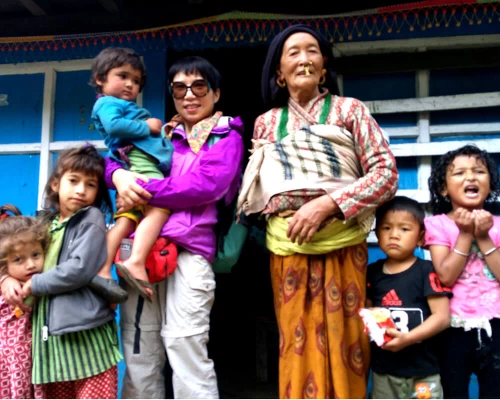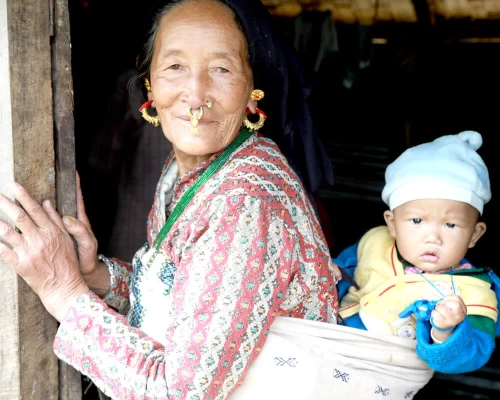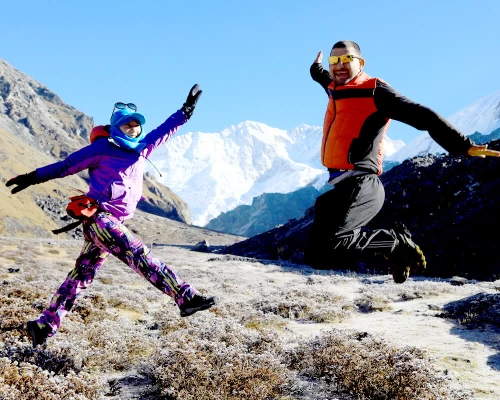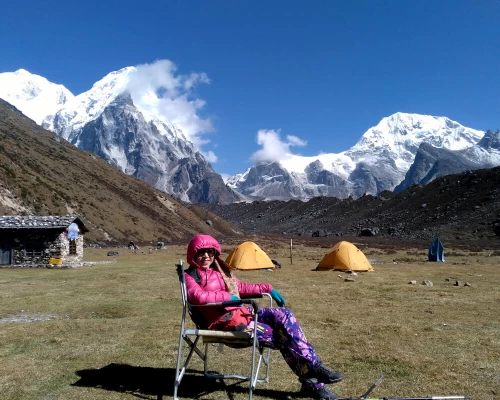About Kanchenjunga South Base Camp Trek
Kanchenjunga South Base Camp Trek is among Nepal’s best treks for adventure freaks. Exploring the south face of Kanchenjunga at 8,586 meters, the world’s 3rd largest mountain is already a blessing. Camping trek in the stunning wild meadows in the mountains landscapes is already a very big challenge. This shorter and lower Kanchenjunga Base Camp Trek to the desolate mountain country of the Yalung Glacier is very thrilling.
The Kanchenjunga Base Camp route first takes you to Biratnagar in the eastern lowlands of Nepal. On another flight to Suketar, we officially begin our trek to Kanchenjunga. Now, we walk to villages such as Mitlung, Chirwa, and Sekathum. Camping in the wild forest, we walk further into Arun Valley before getting to Kambachen. Firstly, we reach Kanchenjunga's north base camp in Pangpema before getting to the High Camp.
Exploring more of the Kanchenjunga Conservation Area, we reach Mirgin La Pass for the most stunning views of Koktang, Rathong, and Kanchenjunga. This is going to be the most rewarding and adventurous section of Trekking in Kanchenjunga South Base Camp. Walking down, we pass Lamite Bhanjyang, and Yamphudin before getting to Suketar airport.
Breeze Adventure writes the details of this Kanchenjunga South Base Camp Trek for your comfort.
Kanchenjunga South Base Camp Trek Difficulty
The Kanchenjunga Base Camp trek has been rated “Moderate to Difficult” in terms of distance and remoteness. We will be trekking in the remote mountain region for more than 3 weeks (6 to 7 hours daily), and that’s not a Joke. Further, the trek begins from Suketar at 2419 meters and climbs up to 4730m. At such a height, the chances of altitude sickness cannot be ignored. However, the hard work pays off and you will have one of the best times of your life.
Best Time for Kanchenjunga South Base Camp Trek
Kanchenjunga South Trek is possible during any time of the year. However, Spring (March to May) and Autumn (September to November) is the best season for the Kanchenjunga Trek. During the Spring, colorful rhododendrons are blooming all around. In the Autumn months, the skies are generally clearer. In monsoon and Winter, we recommend tea house trekking in Kanchenjunga. A thick layer of snow and the slippery path makes this the hardest month for the walk. You should know if the tea houses operate while you trek.
Last words,
Breeze Adventure arranges the trek with complete management. Please, feel free to contact us for more detailed information.



